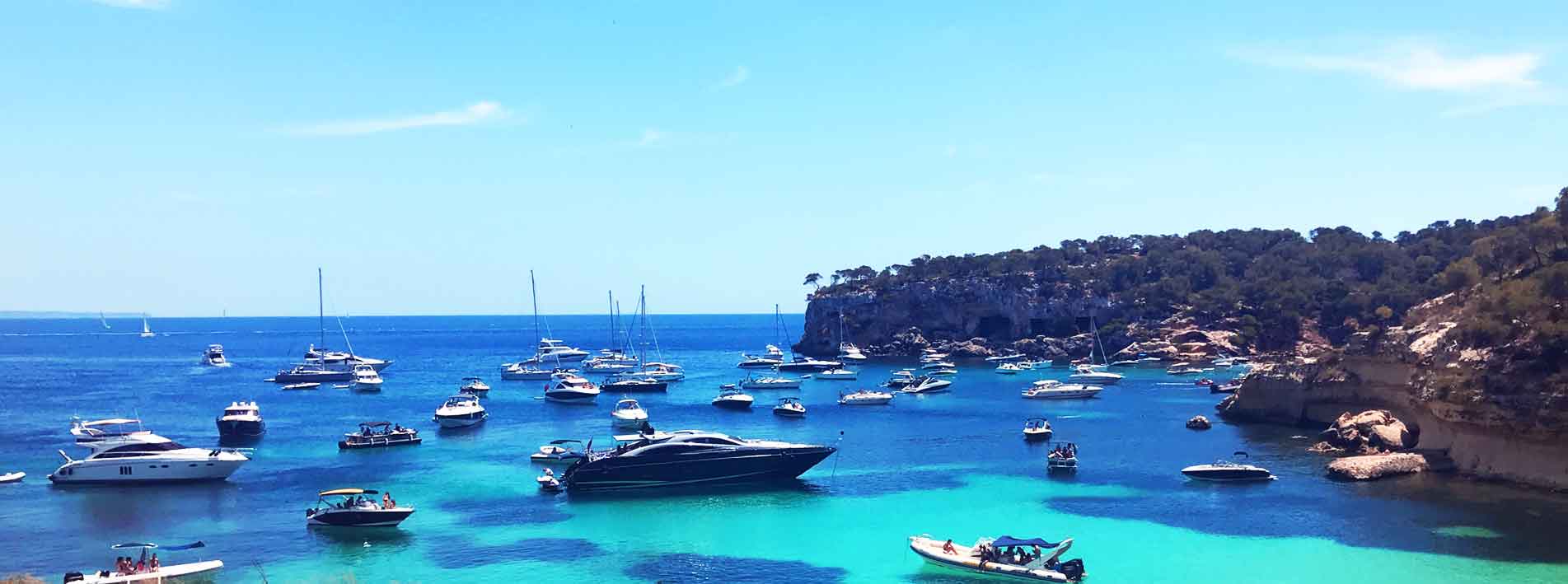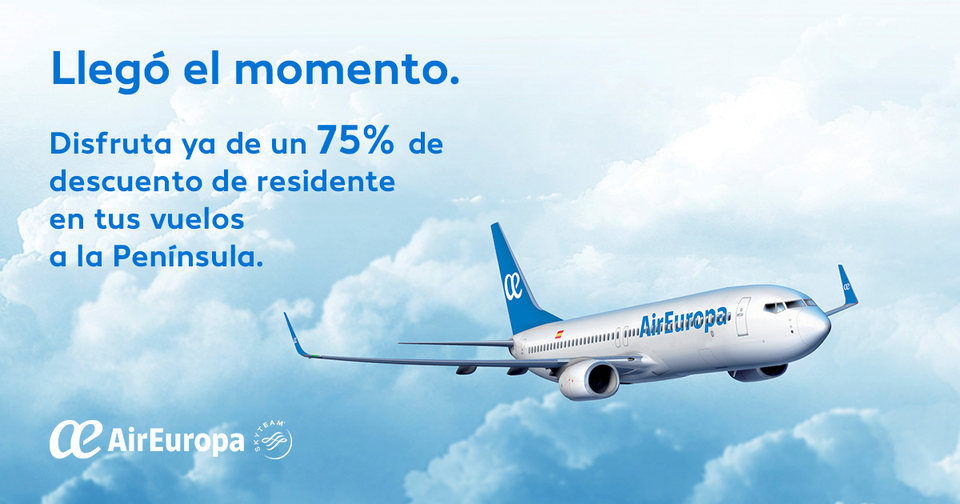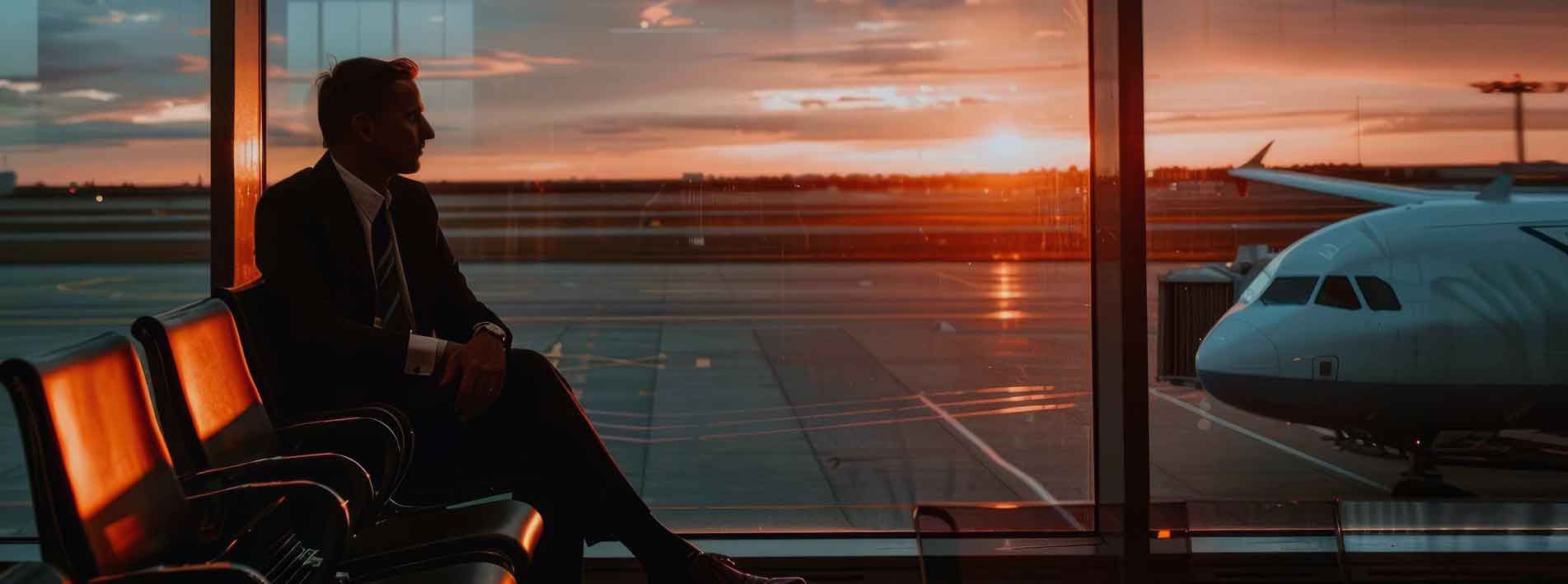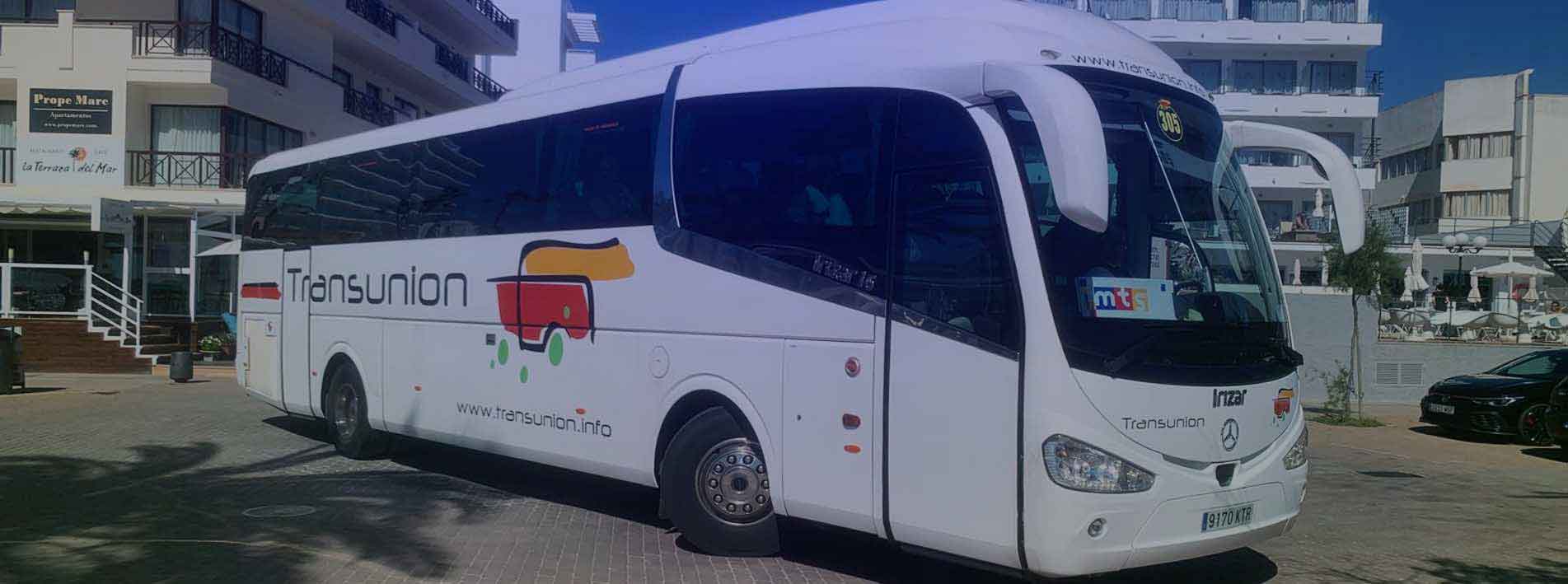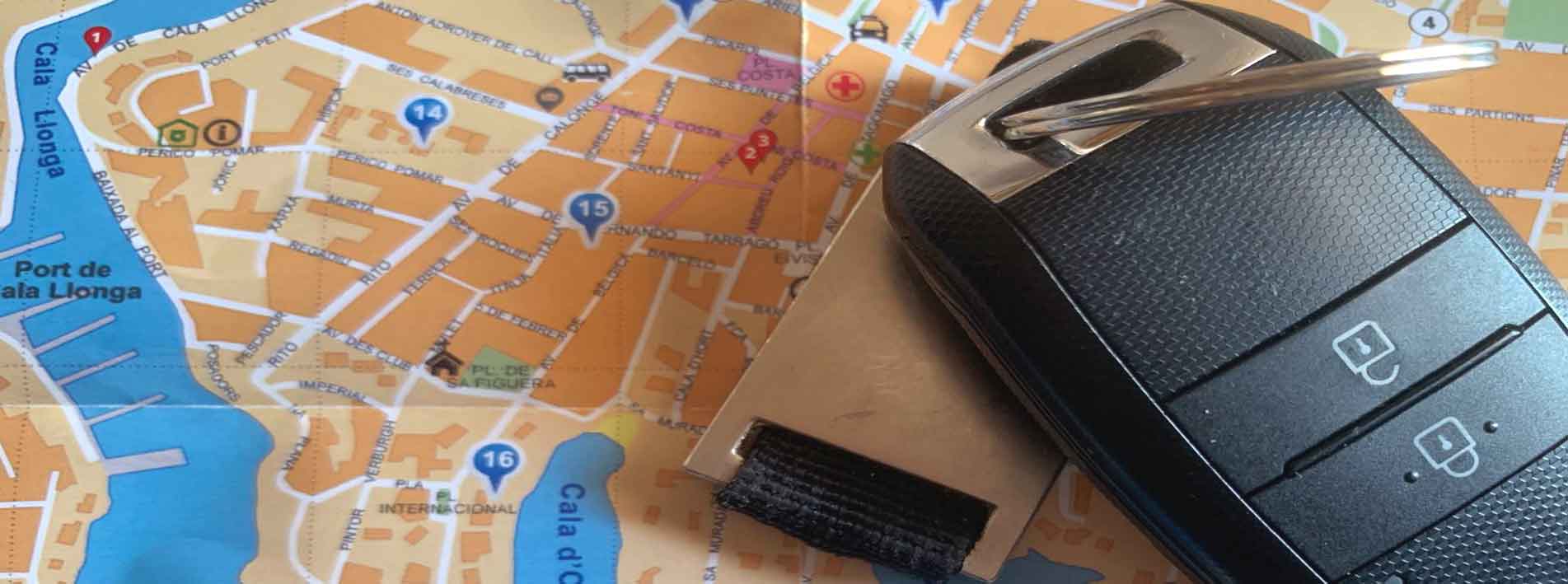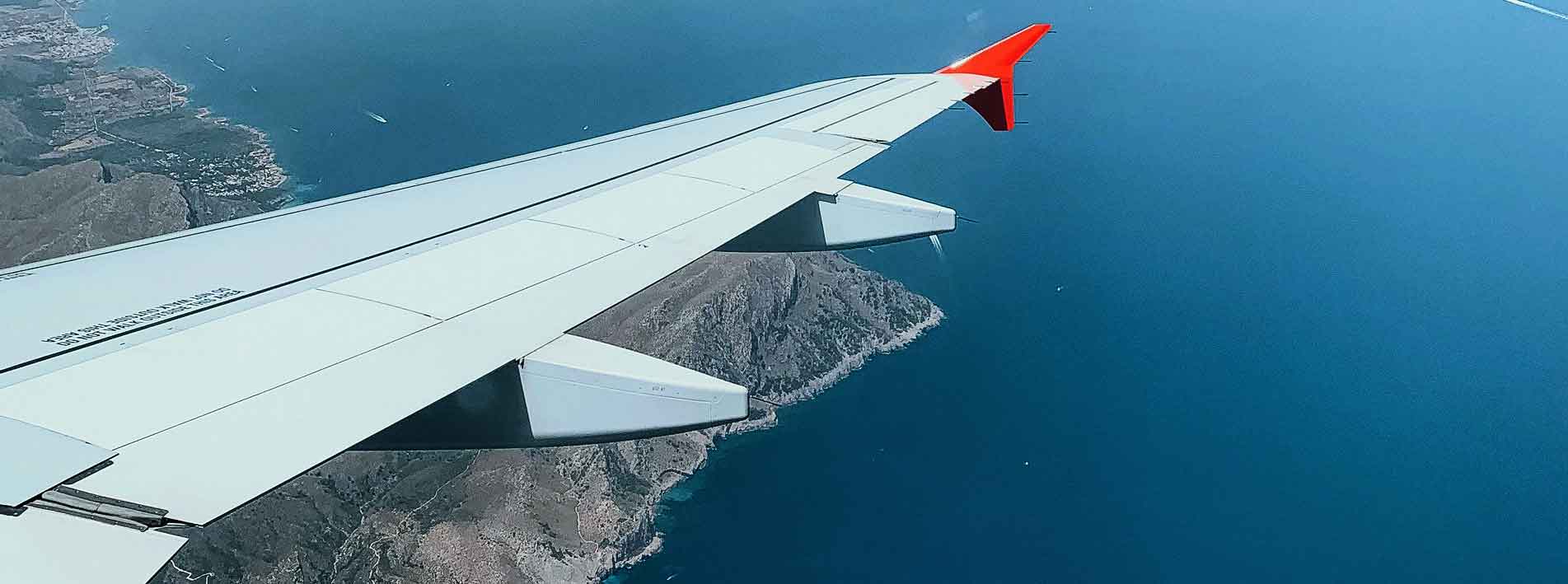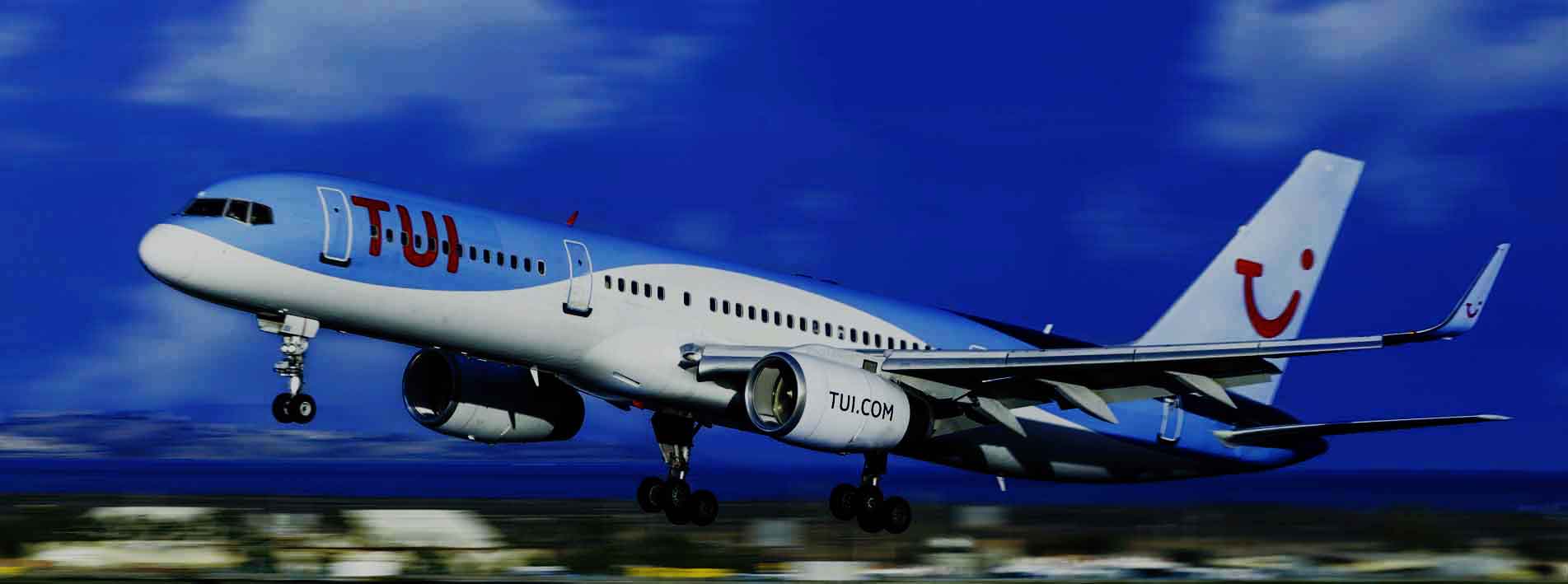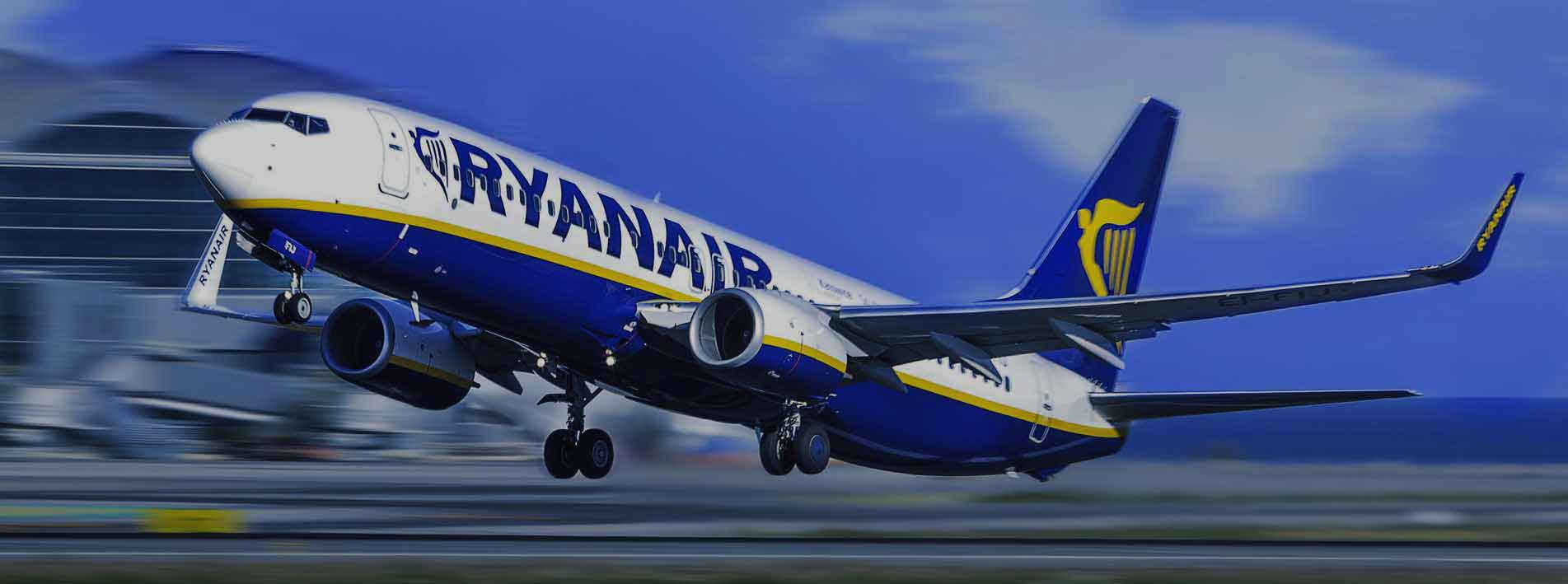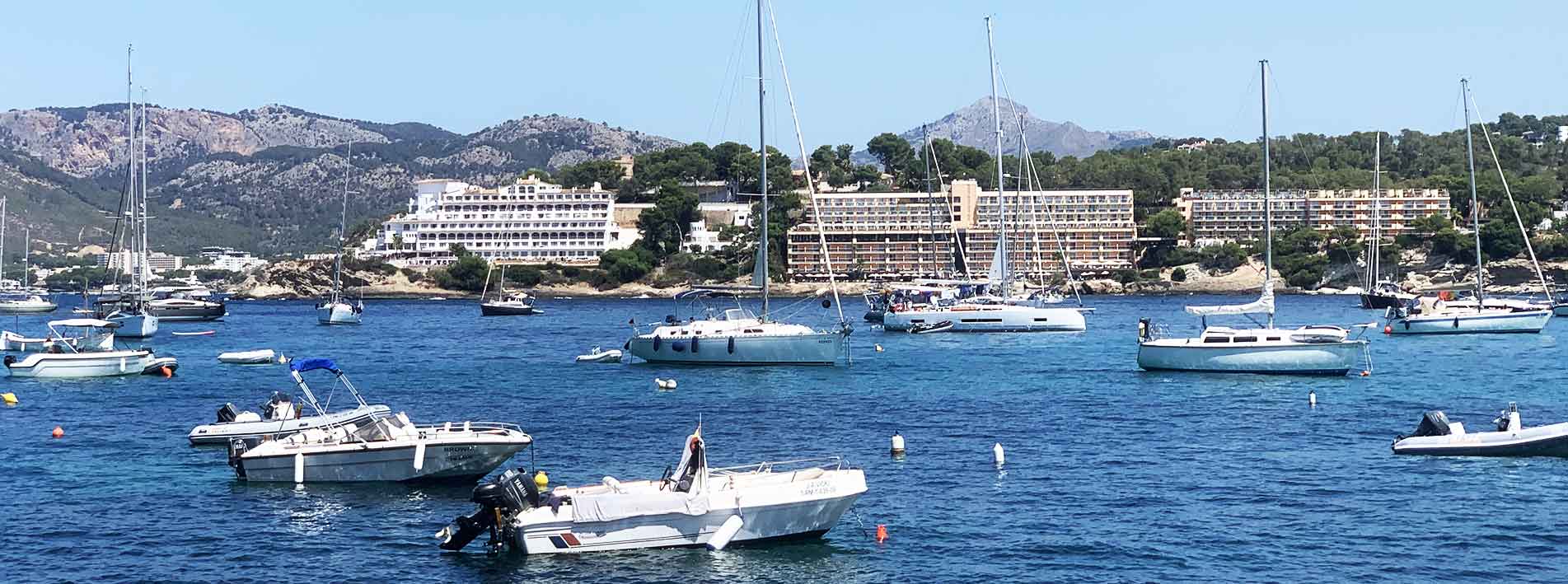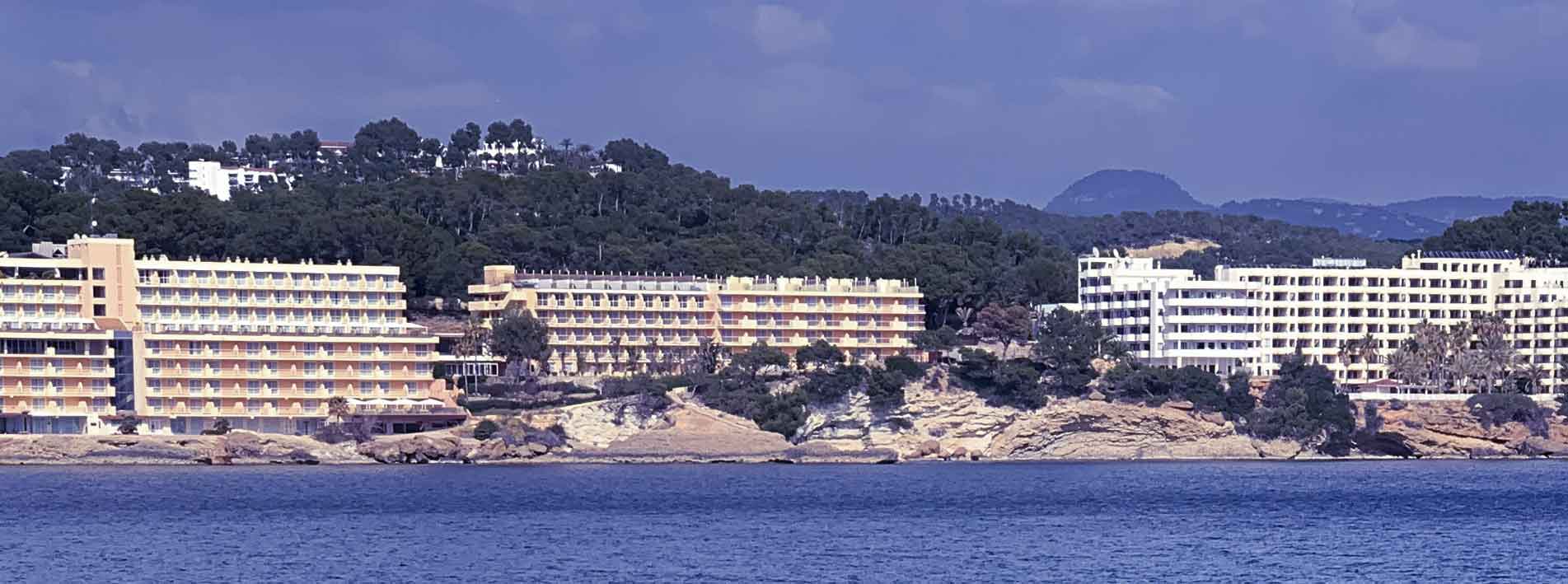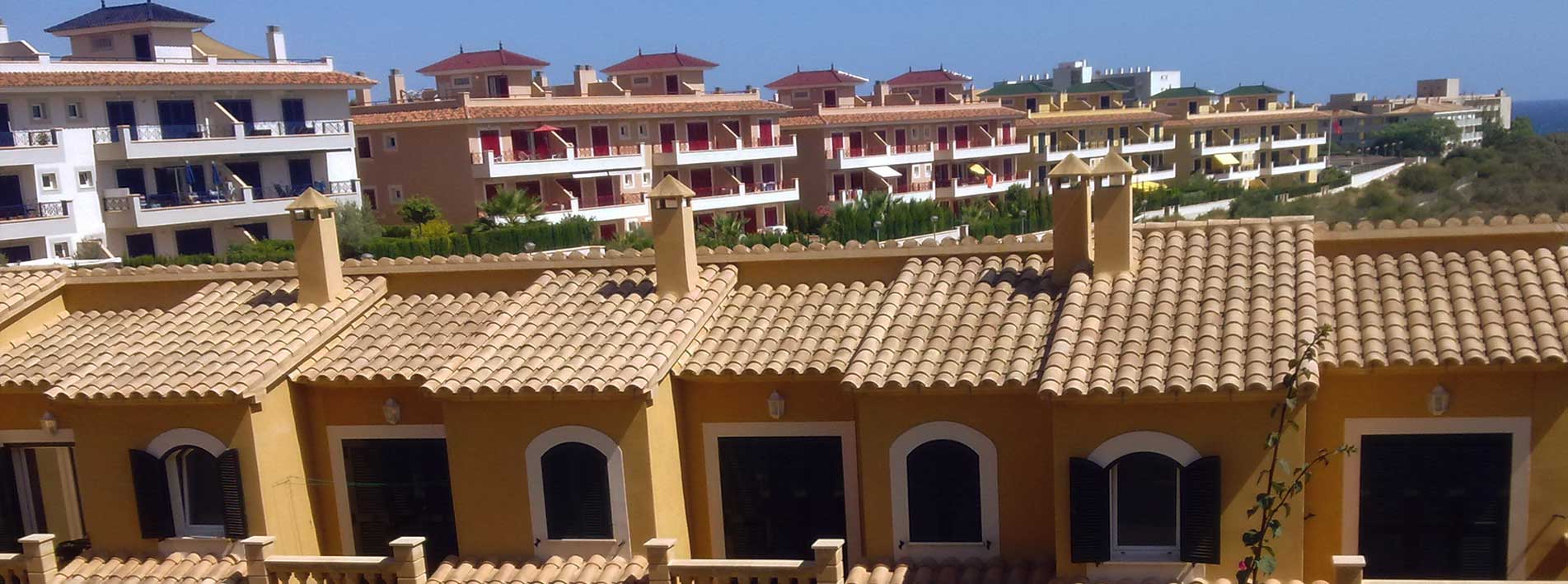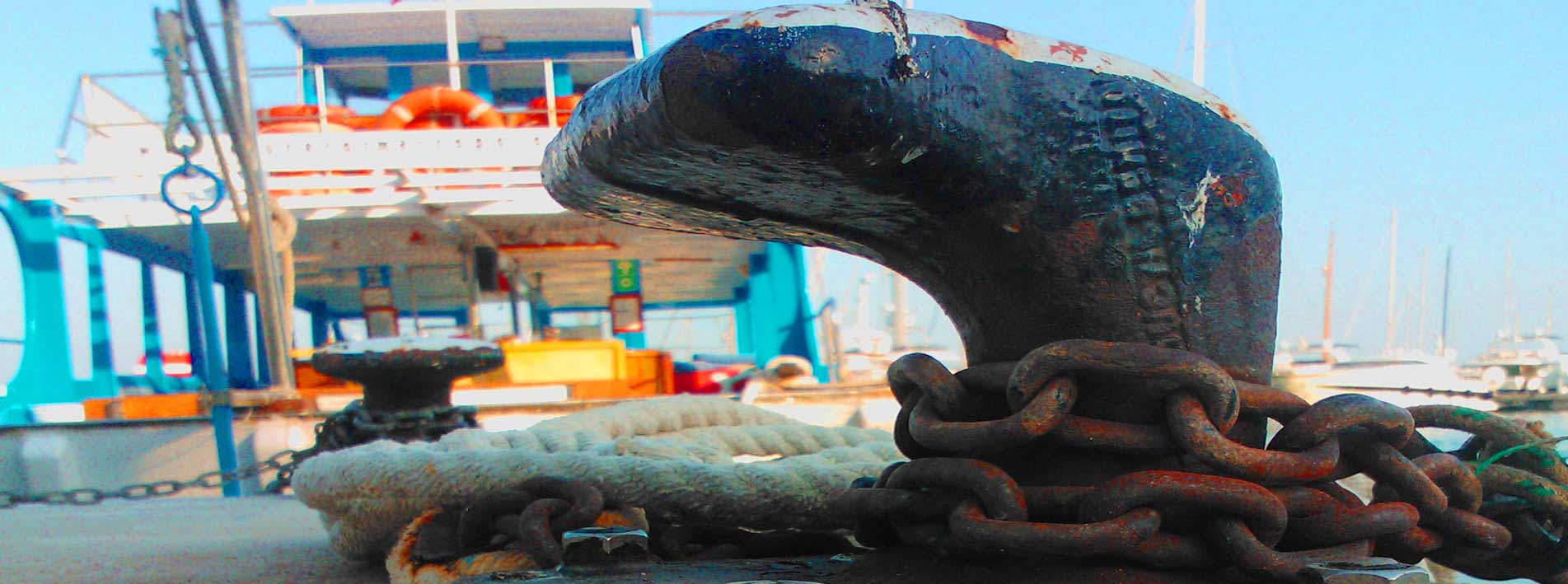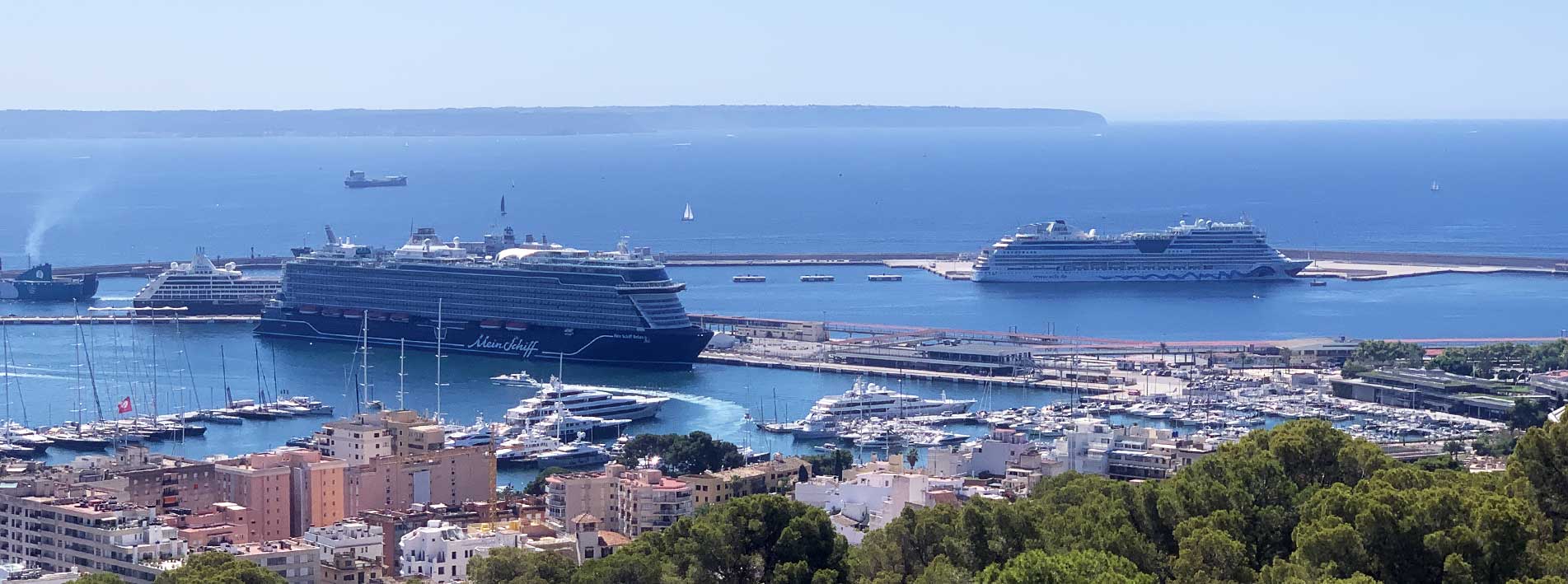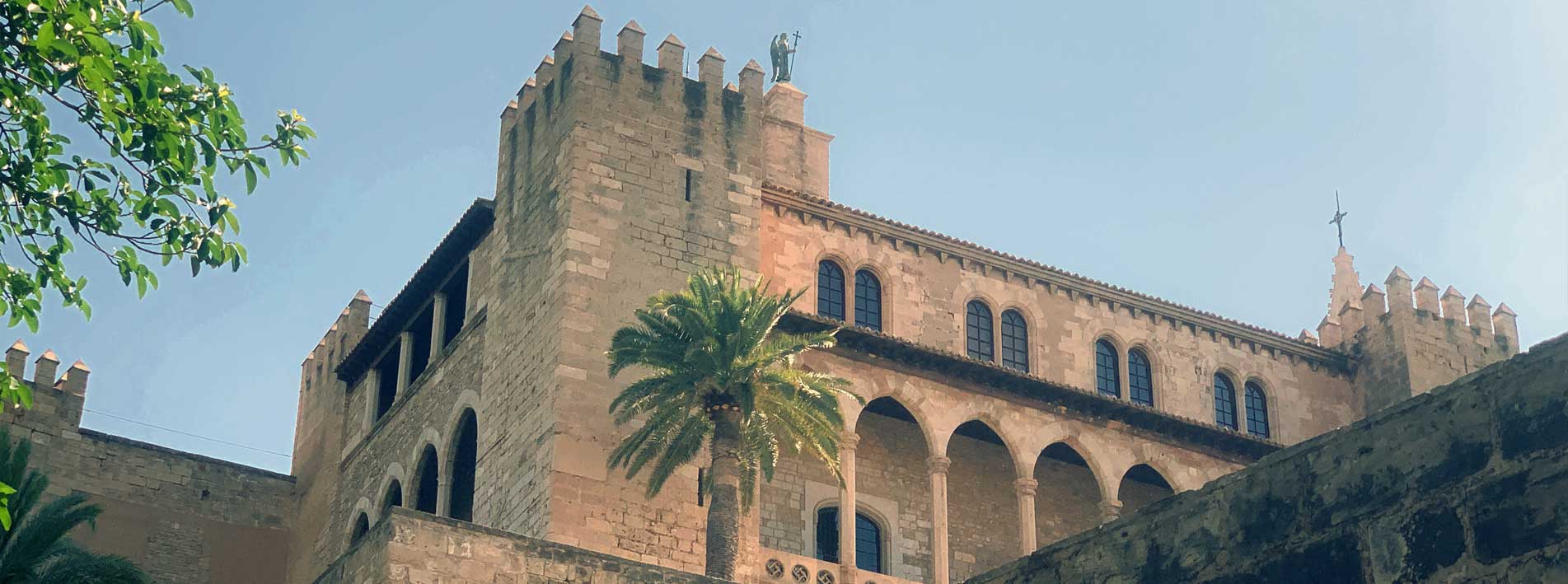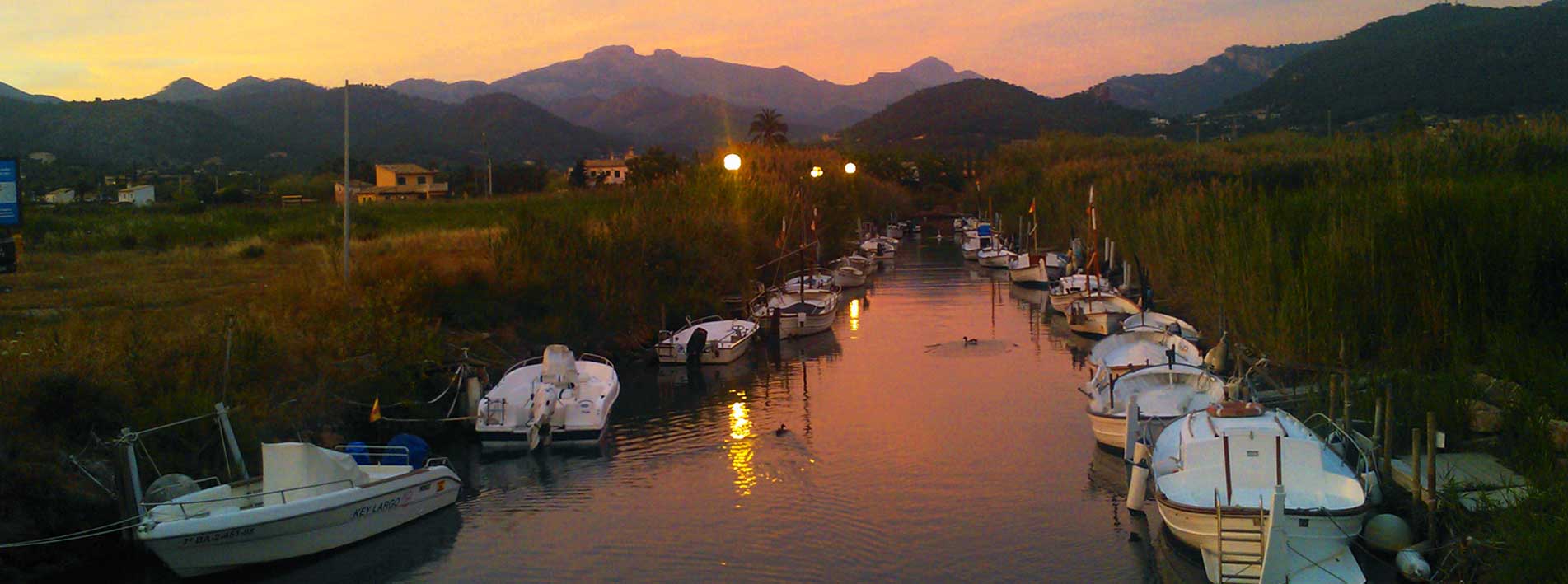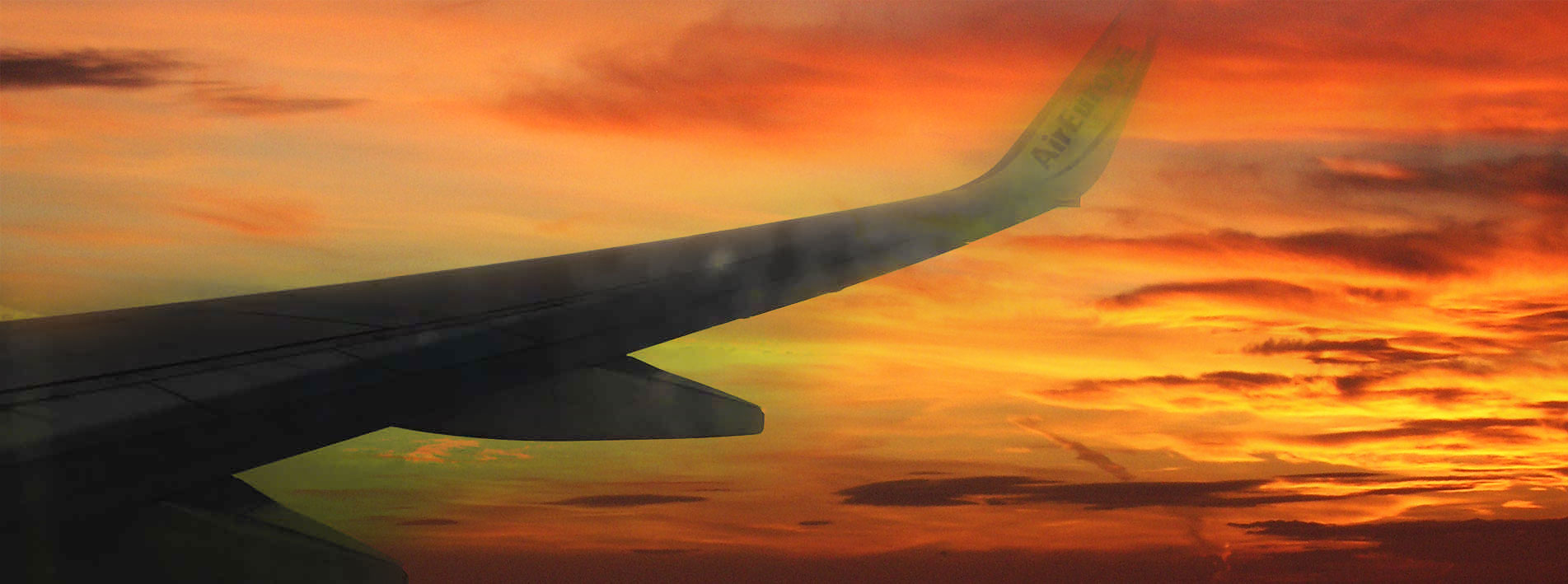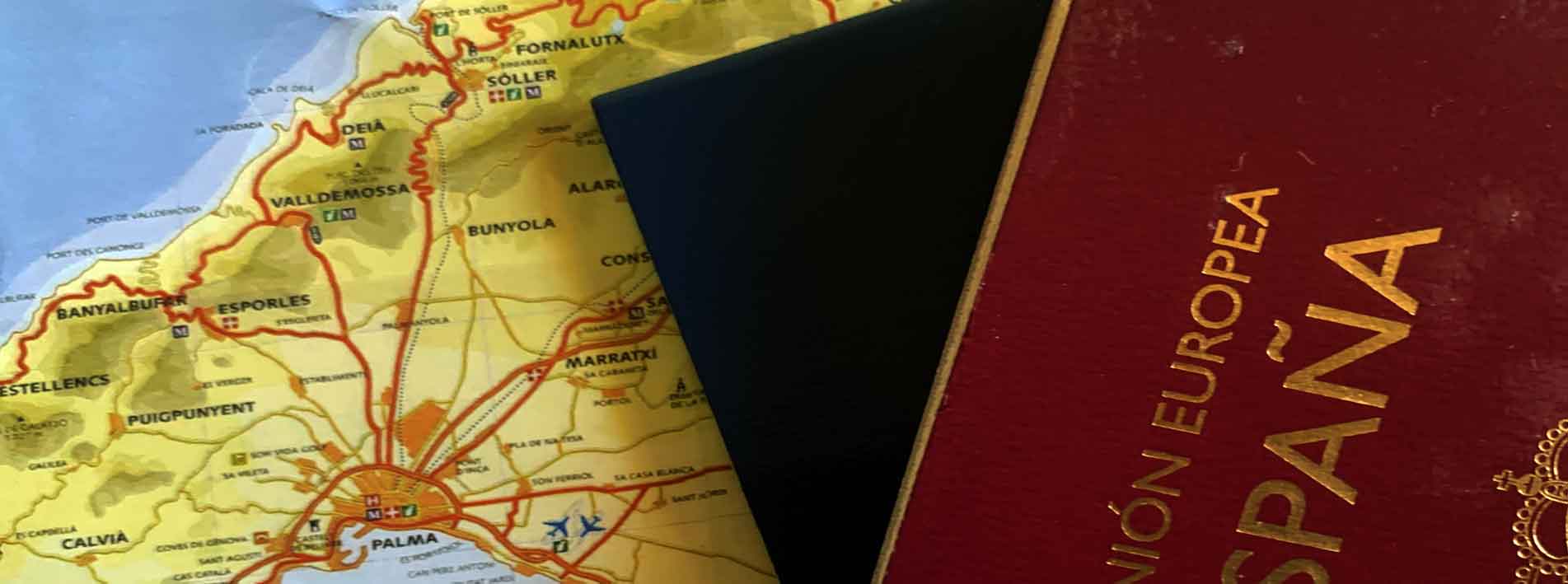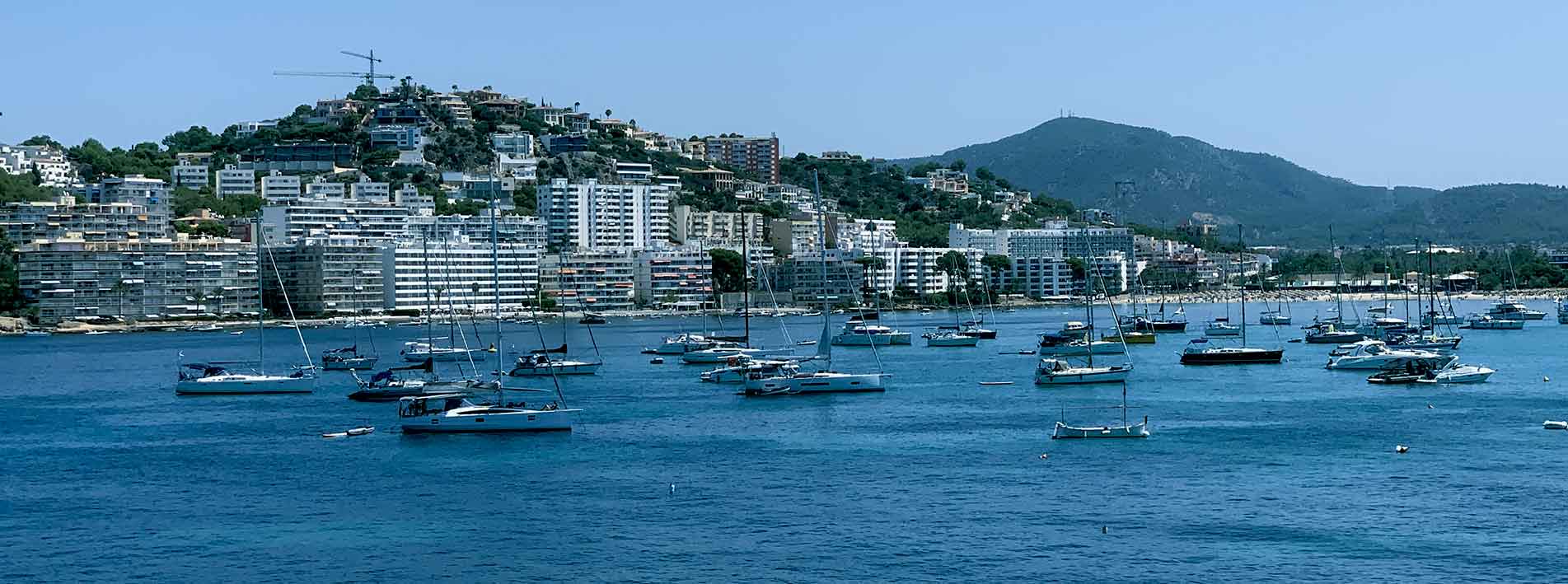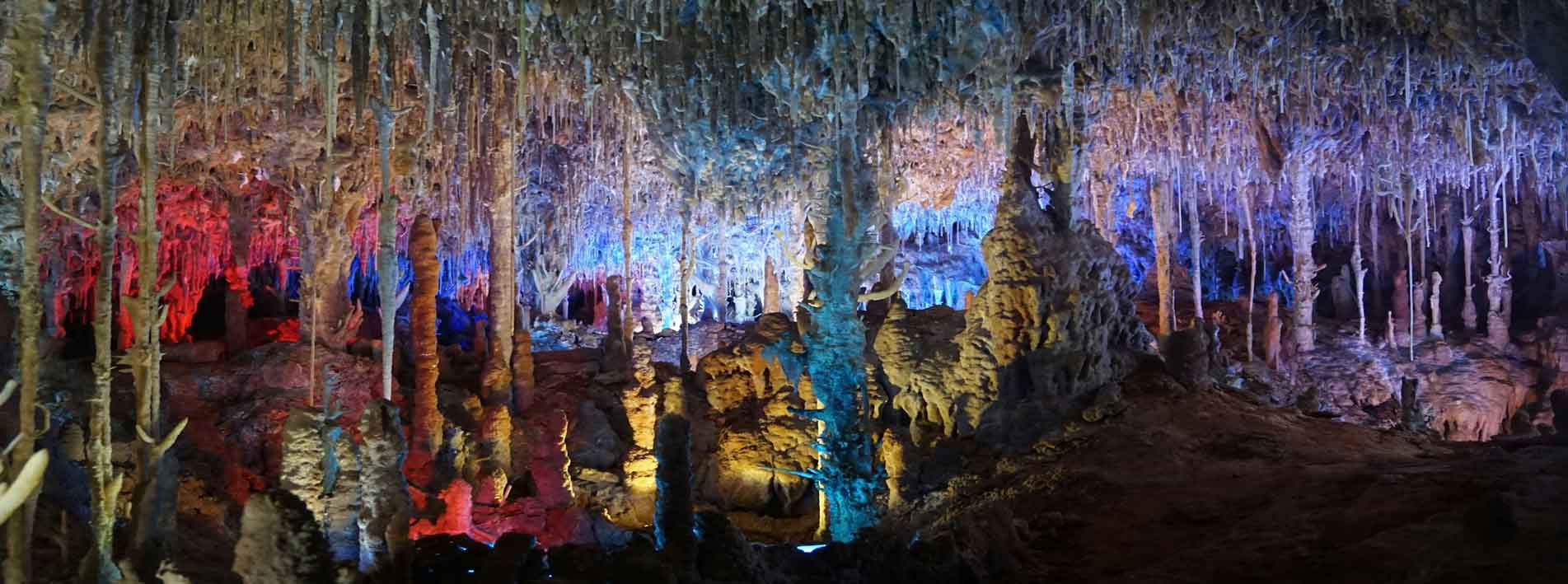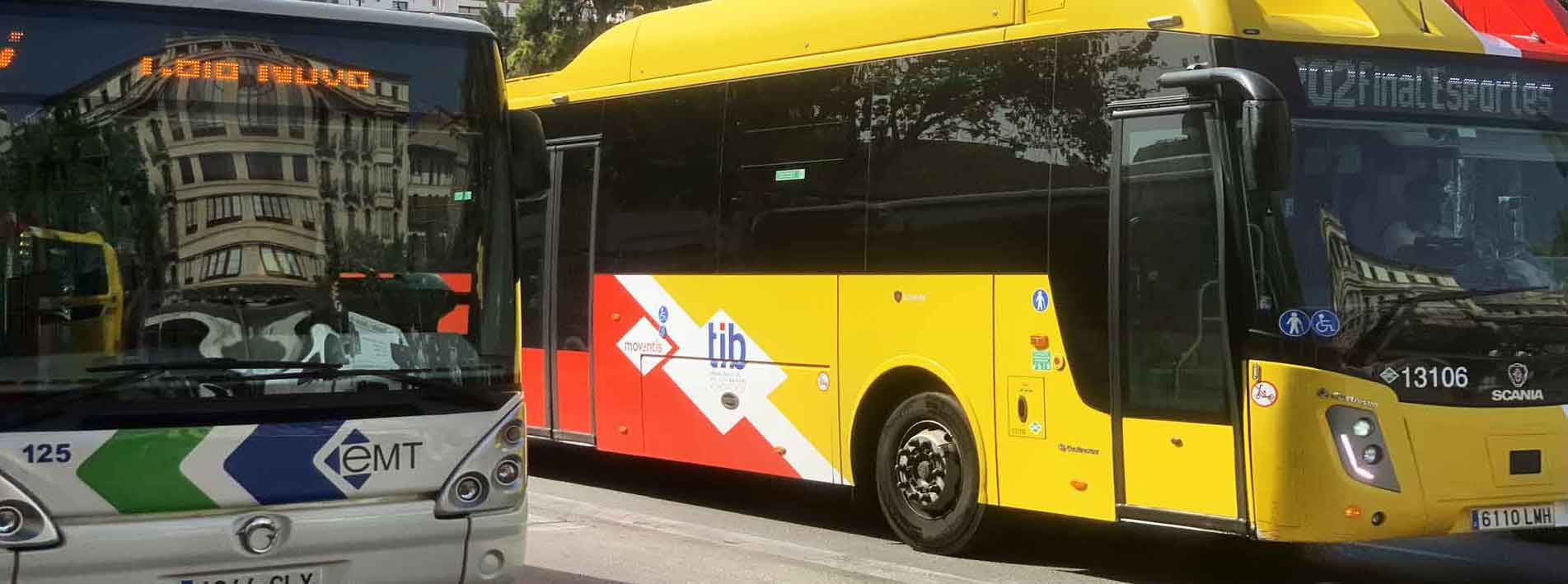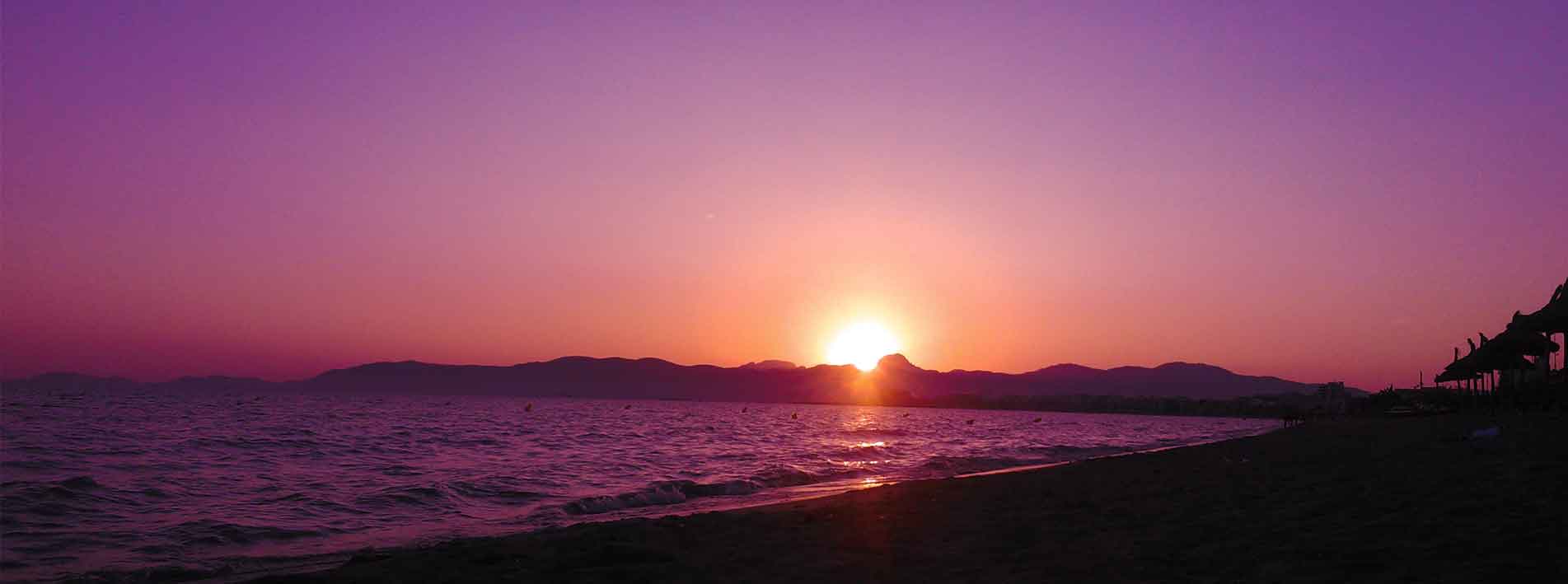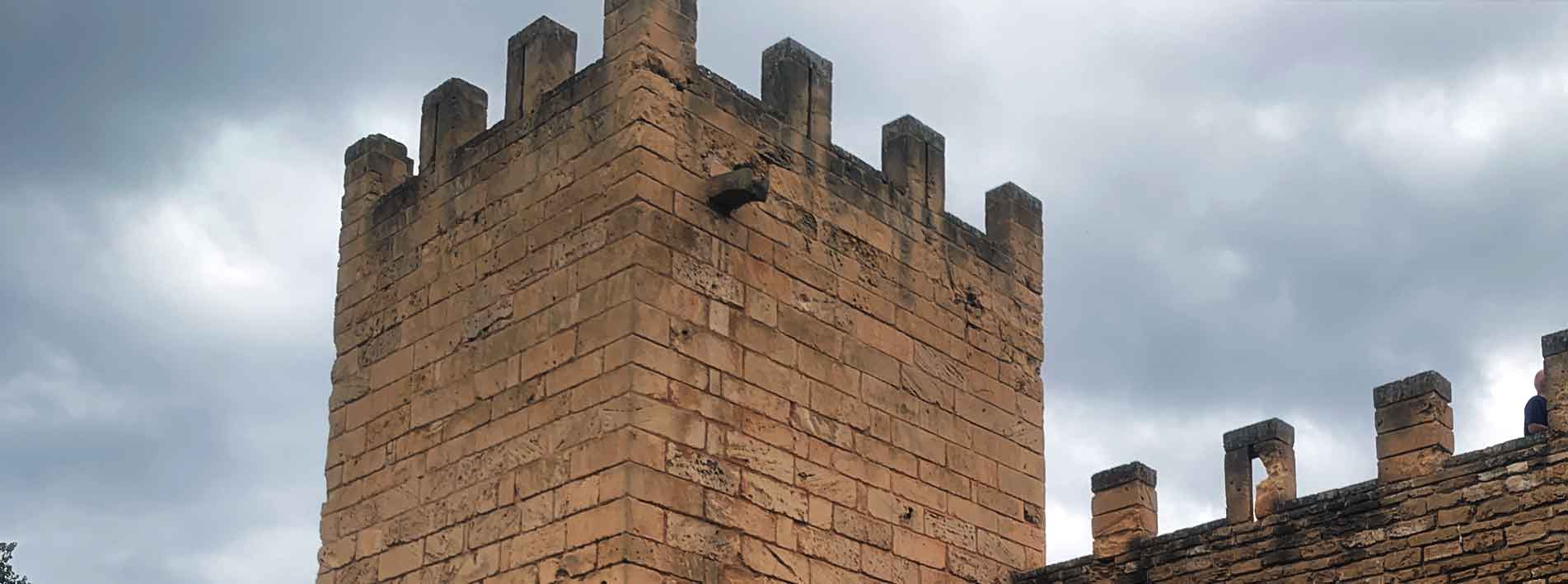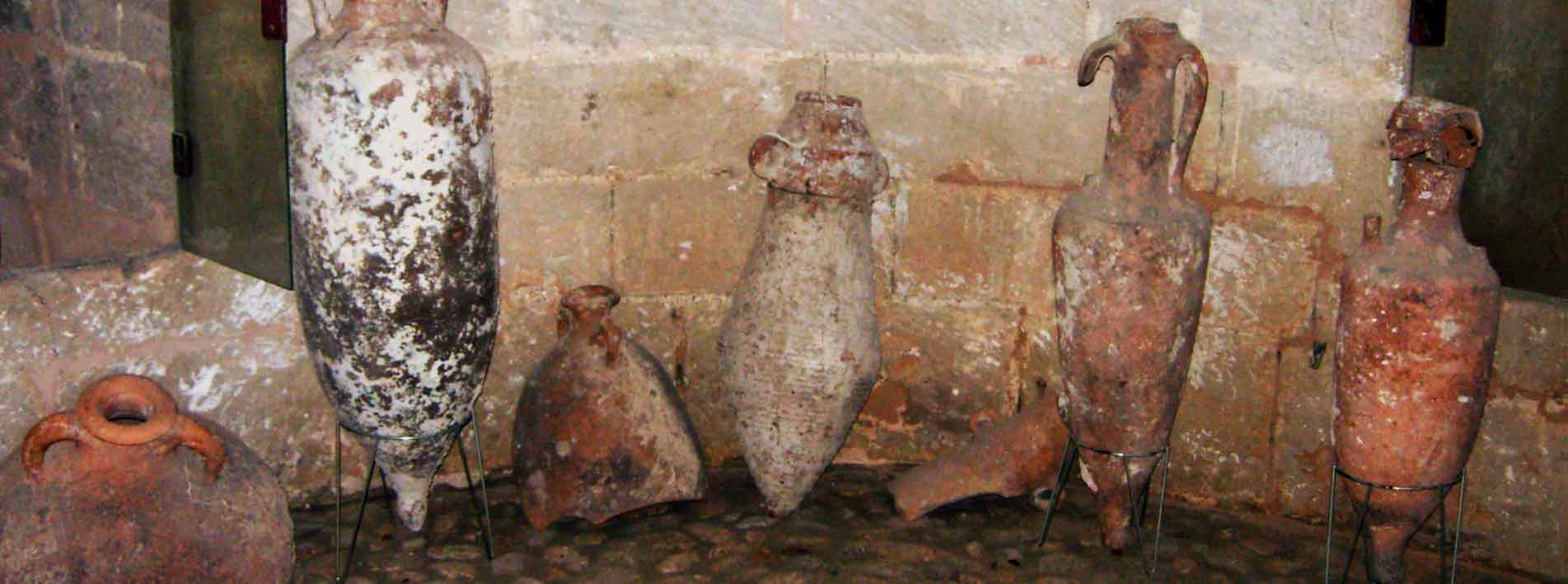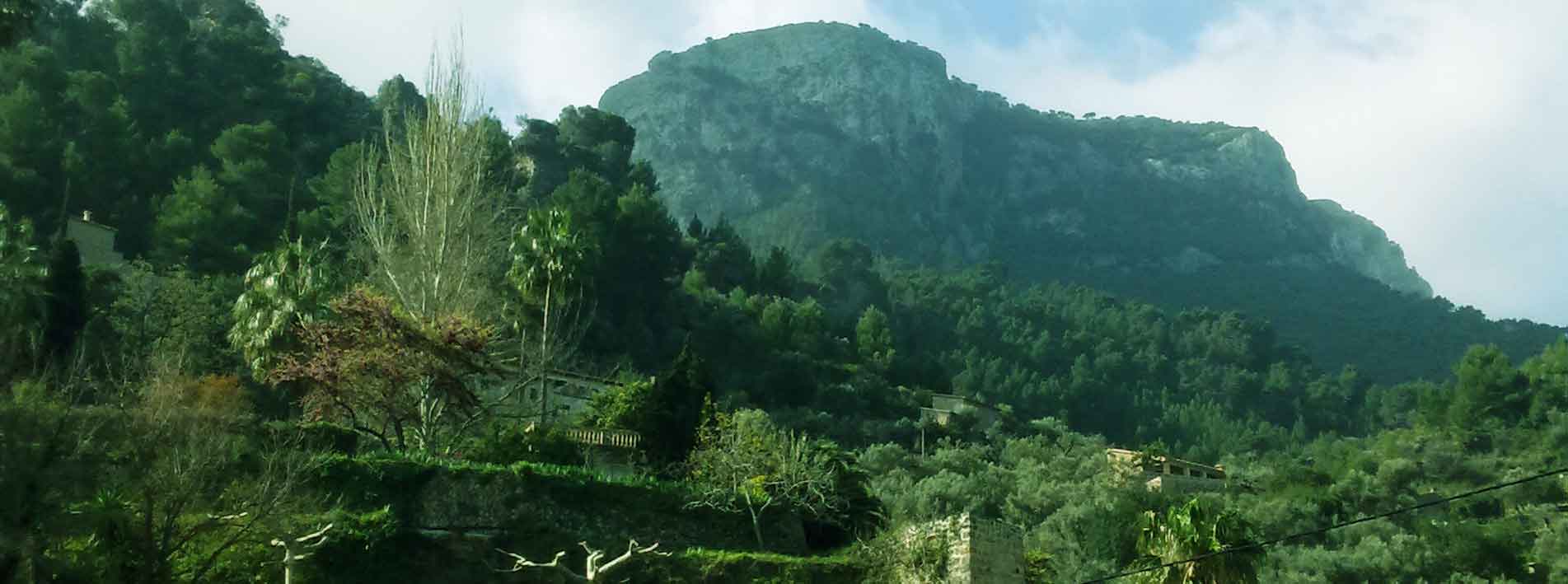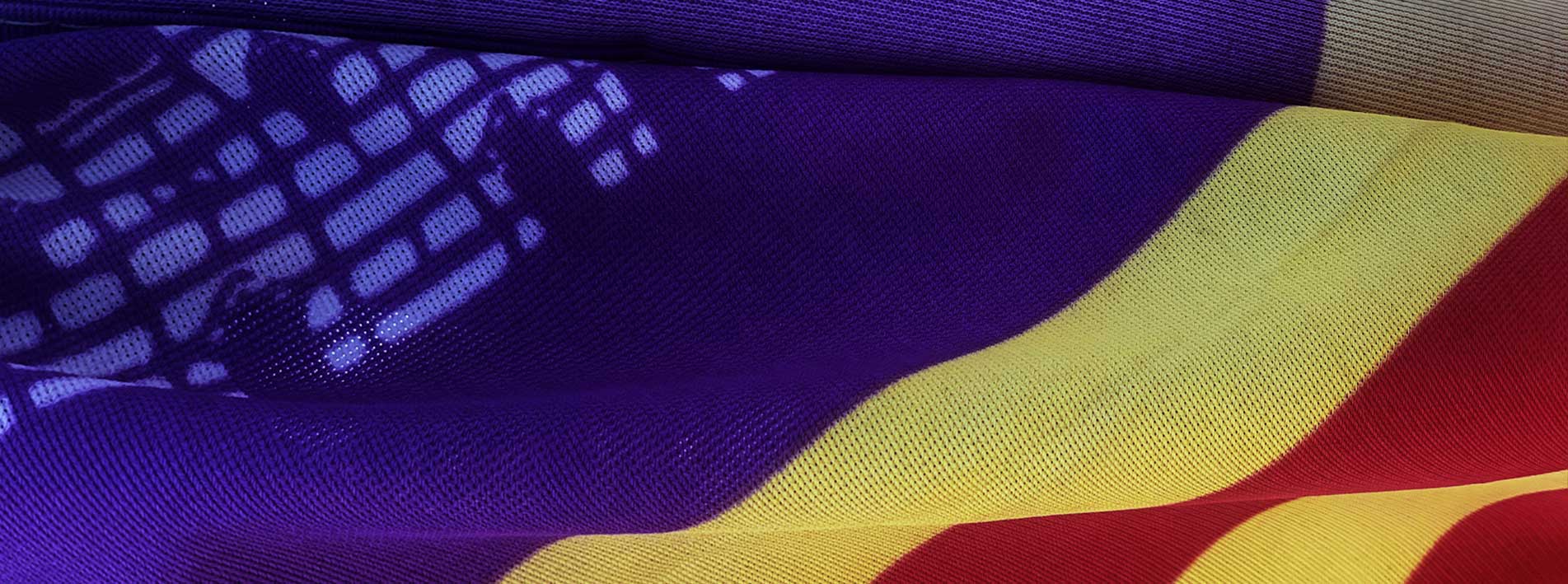Calvià
Calvià is a town and important municipality in Mallorca located in the southwest of the island, known for its beaches, marinas and its rich history linked to the conquest of James I in 1229. The municipality includes several localities such as Santa Ponça, Palmanova, El Toro, Magaluf, Costa de la Calma, Es Capdellà, Portals Nous and Peguera, which are notable for their large tourist resorts and nightlife.
Geography and Nature
Calviá is located in the west of Mallorca, on the western peninsula, near the capital, Palma. It has more than 50 kilometers of coastline with coves, beaches, cliffs and islets, including exclusive places such as Portals Vells. It borders the Serra de Tramuntana and has mountainous areas with hiking and cycling trails, ideal for practicing sports.
Toponymy of Calvià
The toponymy of Calvià has uncertain origins, but it is believed to derive from the Latin patronymic Calvianum, associated with the personal name Calvius. Another hypothesis suggests that it could come from the Latin Caluus, which means “to burn” or “to be hot,” in reference to arid terrain. Originally, the area was known as Sante Ihoannes Caviano, linked to the church of San Juan Bautista, founded in the 13th century.
Calvià: origin of the name
Main hypothesis: The most widely accepted place name comes from the Latin personal name Calvius, via the patronymic Calvianum.
Alternative hypothesis: There is a theory that the name could be related to the Latin word Caluus, meaning “to burn” or “to be hot,” due to its arid landscape.
Historical evolution: The name of the parish of Sante Ihoannes Caviano, founded in 1248, is an important precedent in the history of local place names, from which the current name of the municipality was developed.
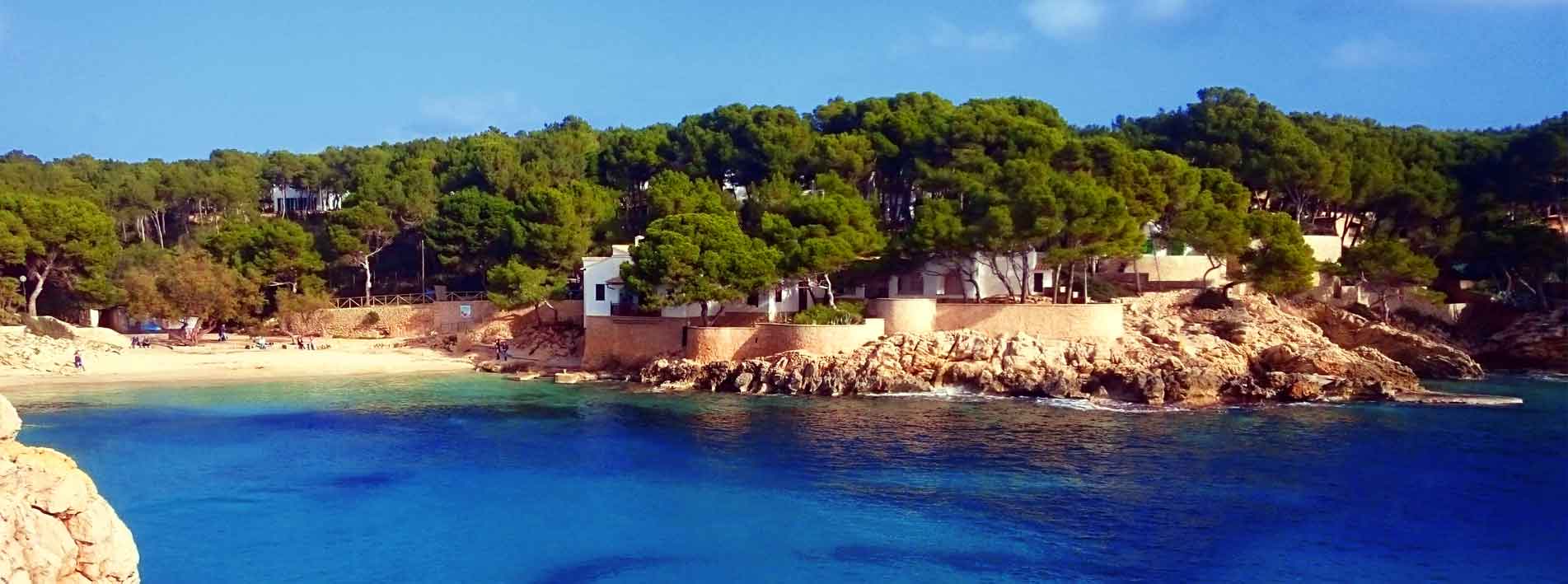 Geography and environment of Calvià
Geography and environment of Calvià
Calvià has a diverse and rich fauna, notably the population of the Greek tortoise (Testudo graeca), a protected and endangered species. The municipality is located in the foothills of the Serra de Tramuntana, with a natural environment that combines the coast and the mountains. It has been recognized with the Tourism Innovation Award for its Smart Tourist Destination Project (DTI).
Accessibility of Calvià
Calvià is mainly accessed via Palma de Mallorca Airport (PMI), located about 12 kilometers from the center. From the airport, you can use public transport, taxi, or rental car to reach the municipality. The town of Calvià is part of the municipality of the same name, which also includes tourist resorts such as Magaluf, Palmanova and Peguera.
How to get to Calvià
To get to Calvià from Palma Airport (PMI), take the Aerotib A11 bus to Peguera/Magaluf, or take the EMT bus (line 1) to Palma Intermodal Station and then the 107 bus to the town of Calvià. Another option is to go by car, which is the fastest option and allows you to cover the 48.4 km from Inca in about 36 minutes.
Access by car: Calvià is easily accessible by road. The main access route is the MA-1 motorway. From other areas of the island, it can be reached via the local road network.
Access by public transport: The most direct option for getting to Calvià from Palma is by bus.
Access by taxi: Taxi services are available at airports, train stations and tourist areas and can be hired at any time.
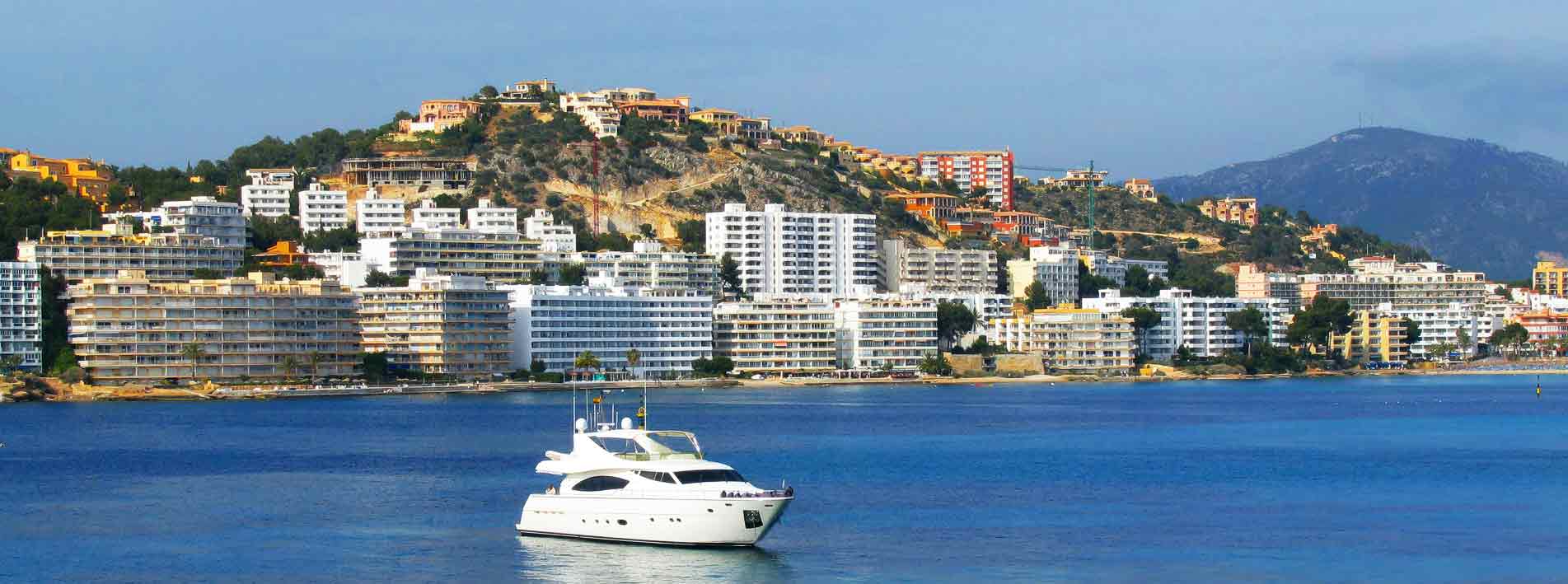 Tourism and leisure in Calvià
Tourism and leisure in Calvià
Calvià is the largest tourist center and includes several of Mallorca’s most important tourist resorts, with a wide range of hotels, renowned marinas, golf courses and entertainment centers, offering a wide range of activities.
Calviá offers a wide variety of leisure options, including sports (first-class facilities, hiking, cycling, golf and water activities), culture (events calendar, exhibitions, theaters), nightlife (bars, nightclubs and beach clubs in areas such as Peguera, Santa Ponça, Portals and Port Adriano) and nature tourism (Finca Galatzó park and walks along its coastline and coves). The municipality is also known for its exclusive marinas and its range of theme parks and activities for all ages.
Beaches and ports: It has numerous beaches and coves, as well as prestigious marinas such as Puerto Portals and Port Adriano.
Nature and hiking: It offers hiking trails, bird watching areas and protected natural areas.
Sporting events: It hosts international sporting events and high-level centers for elite athletes.
Types of accommodation
Calvià offers a variety of accommodation options, from high-end hotels to more boutique options:
Hotels: Calvià has a wide range of hotels, from beach resorts to boutique and rural hotels.
Rural accommodation: Options include fincas, agrotourism establishments and other notable rural accommodation spaces.
Other options: The area also offers other forms of tourist accommodation.
 Services and features
Services and features
Wellness services: Some hotels have spas and gyms.
Leisure options: Certain areas and hotel facilities in Calvià have adjacent shopping centers with shops, bars and restaurants.
Gastronomy: Hotels usually offer a variety of culinary options, from buffet restaurants to à la carte restaurants.
 Historical overview of Calvià
Historical overview of Calvià
The history of Calvià dates back to prehistoric times, with numerous archaeological sites showing settlements from the Neolithic period. Its later history is marked by the conquests and dominations of the Romans, Vandals and Byzantines and later by the conquest of James I in 1229. In the Modern Age, it focused on agriculture and coastal defense, while in contemporary times it was drastically transformed with the development of tourism from the mid-20th century onwards.
First settlers: The first settlements date back to the Neolithic period, as evidenced by the numerous archaeological sites in the municipality, with particular relevance to the Megalithic and Pre-Megalithic periods.
Roman period: After the Roman conquest in 123 BC, Calvià was an important agricultural settlement with villas and roads.
Later invasions: It was invaded by the Vandals in 425 and the Muslims in 707, who put an end to Byzantine rule.
Conquest by James I: In 1229, Calvià was a key point in the conquest of Mallorca by King James I.
Colonization: After the conquest, Catalan families settled in the area, bringing with them their culture and language.
Development of the town: The municipality was named San Juan Caviano in the 12th century and was established as a town in 1285.
Defense towers: The threat of piracy in the Mediterranean led to the construction of numerous defense towers.
Modern Age: The history of Calvià was marked by its geographical dispersion and agriculture, especially oil production.
Contemporary times: Since the second half of the 20th century, the history of Calvià has focused on tourism development, which has transformed the economy and urban structure of the municipality, with the urbanization of areas such as Santa Ponça, Magaluf and Palmanova, among others.
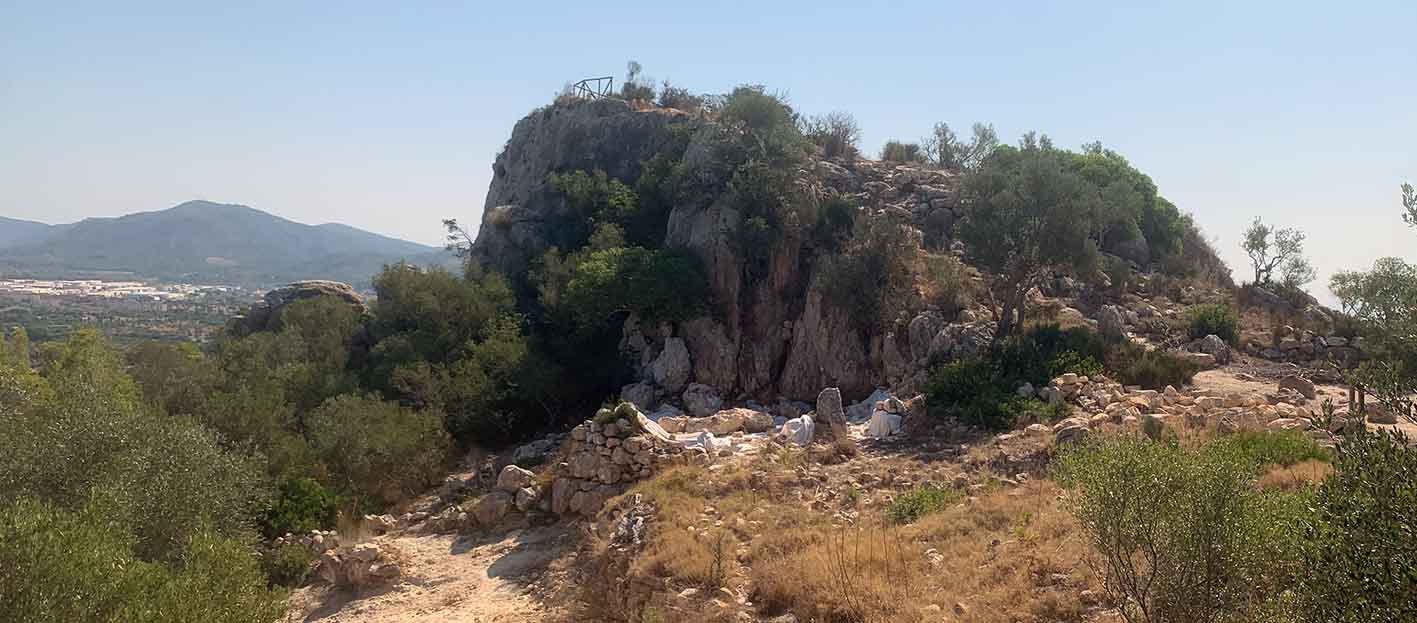 Summary of Calvià’s heritage
Summary of Calvià’s heritage
Calvià’s heritage is rich and varied, spanning from prehistory to modern times, with a significant ethnographic heritage. It is characterized by archaeological sites, Roman constructions such as villas and roads, fortifications and defense towers, as well as more recent buildings and structures. Among these, the following stand out:
Puig de Sa Morisca: A complex site occupied from the Bronze Age to the Almohad period, featuring structures such as talayots, towers and remains of walls.
Naveta Alemany: A Bronze Age structure in the shape of an inverted ship, considered one of the longest on the island.
Various archaeological sites: Necropolises and burial mounds have been found, such as those on the Son Boronat estate and at Son Ferrer.
Roman remains: The Roman legacy can be seen in the ruins of villas and roads, evidence of an important agricultural settlement.
Defense towers: Built to protect against attacks, such as those preserved in the municipality.
Galatzó estate: An old property that is now a public space, reflecting the importance of these properties in the life of the municipality.
Church of Sant Joan Baptista: Located in the village of Calvià, it is a landmark of the old town.
Portals Vells Oratory: A modern building whose history is linked to the life of the area.
The village of Calvià (Calvià Vila)
Calvià Vila is the historic and administrative center of this tourist municipality. It stands out for its traditional charm and tranquility, in contrast to the tourism of the coastal areas. The town is characterized by its old quarter, which includes the church of San Juan Bautista, stately buildings and passageways featuring traditional Mallorcan architecture. It is located about 14 km from Palma, in an inland area that combines plains and the foothills of the Serra de Tramuntana mountains. This location makes it an ideal base for exploring the interior of the island and its rural areas.
Summary
Calvià is a town, a Mallorcan municipality and an important tourist destination in the Serra de Tramuntana region of Mallorca. It is known for its beaches, marinas, golf courses and a wide range of sports, as well as its valuable archaeological and natural heritage. It has now become an important tourist destination.
Although historically its economy was based on agriculture, today it has a diversified economy with a strong tourism and commercial component. The population is multicultural, with a territorial structure and an urban network with scattered centers: within the municipality are tourist destinations and important resorts such as Magaluf, known for its nightlife and the more family-oriented Santa Ponça, along with other exclusive regions such as Portals Nous and the Bay of Palma area.
And that’s all for this brief guide to Calviá, one of the most attractive tourist resorts and towns in Mallorca. We hope it’s helpful.
By the way: Are you coming to Mallorca on a tourist trip? If you find it helpful, you can also check out our travel guide to Mallorca and more tourist information about the island

